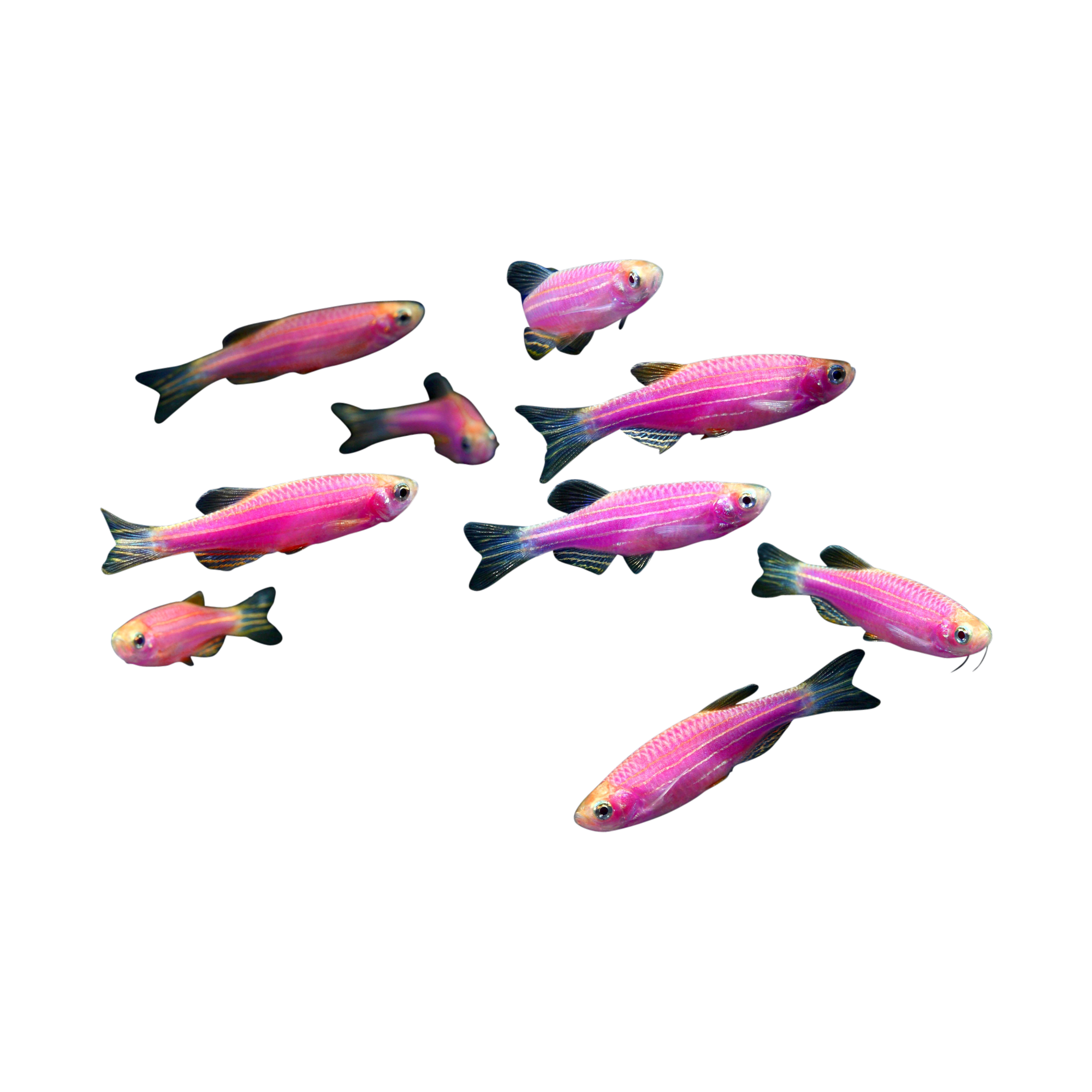I have an angelfish and a red tail shark in a 15 gallon tank for about 4 days and they get along great. The angel fish has been almost swimming kind of lazy like almost floating and then will swim when off balance. And belly kinda looks swollen as well as eyes. And my red tail shark seems to have a gray patch on it's side and not swimming as active as he was. Either hides in the back of tank or in a house for hours.
Check the water chemistry and temperature. Use a home test kit or submit a water sample to test fro elevated ammonia or nitrite levels. Most pet stores will do this for free or for a small fee. Partial water changes can be done, if indicated, to stabilize chemistry and improve or maintain water quality. Ideally, you want 0 ppm ammonia and nitrites with nitrates at 20 ppm or less in a non-planted tank or 40 ppm or less in a planted tank. Use only aged or conditioned water that is temperature matched to prevent stress or shock. You'll need to keep the temp at the upper limits for Red Tails in order to keep the Angelfish comfortable. That would be in the 78F to 80 F range. Both have similar pH requirements, 6.8 to 7.5. You can fast the Angel for 2-3 days then feed bits of cooked, shelled green peas. This will usually resolve constipation and bloating. Pristine water quality may resolve the patch on your shark. Recommending a medication without more information or a clear image would be risky to the stability of the tank's nitrogen cycle. You can use plain aquarium salt (NOT table or Epsom salt) as a general tonic. It will reduce stress, improve gill function, may treat minor infection and aid in recovery. Dissolve 1 tablespoon per 5 gallons of water in a cup of tank water and gently pour it into the tank. Treat for 10-14 days then reassess the condition. A note on tank size: Although the two fish may be fine in a 15 gallon tank now, you will likely need a larger tank as they mature. Red Tails can reach 6-7 inches and Angels can reach 6-8 inches. At adult size, a 15 gallon tank will be insufficient and could lead to some aggression from either fish.
Read More
